Physical modeling sound sources generate sounds by breaking down the elements of an instrument and simulating them physically. Unlike sampled sound sources, which rely on pre-recorded waveform data, these systems calculate sounds in real time. This allows for subtle, organic changes in sustained tones, much like those of an acoustic instrument. However, the computational demands of this method make it resource-intensive.
1993 YAMAHA VL-1 — 470,000 Yen
This was the first synthesizer equipped with a physical modeling sound source. At the time, the limited processing power of chips made physical modeling impractical, but Yamaha overcame these challenges and successfully brought the product to market in 1993.
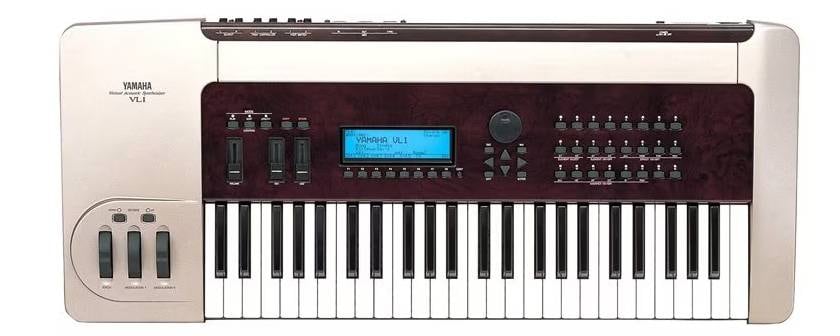
Quoted from Yamaha's Official Website.
When this was introduced, I thought the era of sampling had already come to an end. However, it didn’t gain widespread adoption due to its high price, limited polyphony of just two voices, and restricted applications. Most people around me didn’t quite grasp the concept of physical modeling sound sources. At a time when sampling was finally becoming mainstream, there wasn’t much room for interest in a new, expensive technology. The economic downturn following the burst of the bubble economy may also have played a role.
1996 YAMAHA VL70-m — 58,000 Yen

Quoted from Yamaha's Official Website
The VL70-m, a sound module designed for wind synthesizers, was monophonic but employed physical modeling, offering impressive expressive potential at an attractive price. However, perhaps due to limited demand for wind synthesizers or the difficulty of mastering them, Yamaha eventually removed wind synthesizers from their product lineup.
By the 2000s, Yamaha stopped actively pursuing physical modeling sound sources. When they announced the digital saxophone wind synthesizer in 2020, I initially thought it might feature physical modeling again, but unfortunately, it turned out to use sampled sound sources instead.
Currently, among Yamaha’s products, physical modeling sound sources are explicitly listed only for the Electone ELS-02X and ELS-02C, with no other models featuring this technology. I hope to see Yamaha actively revisit physical modeling in the future.
1994 KORG WAVEDRUM
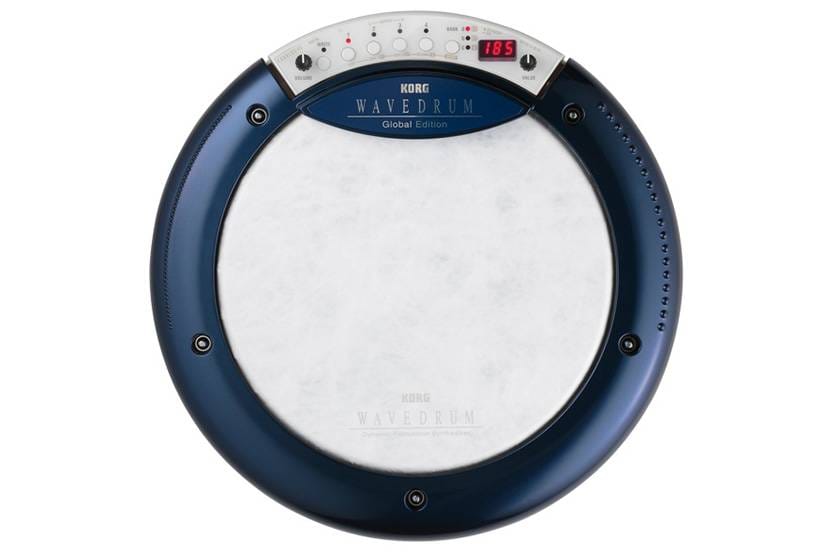
Quoted from Korg's Official Website
Korg also integrated physical modeling sound sources into percussion instruments. Their approach combined licensed technology from Yamaha with their own proprietary developments. Physical modeling offers great expressive potential because it allows real-time sound control, but it also demands a high level of playing skill, much like acoustic instruments.
At the 1994 NAMM Show, the WAVEDRUM's performance hinted at new possibilities for musical instruments. However, perhaps due to its price, it did not achieve widespread adoption. The current WAVEDRUM, unfortunately, now uses sampled sound sources.
Below is a monophonic synthesizer released around the same time, which has since been revived as a software synthesizer.
1995 KORG Prophecy (MOSS Sound Engine) — 128,000 Yen
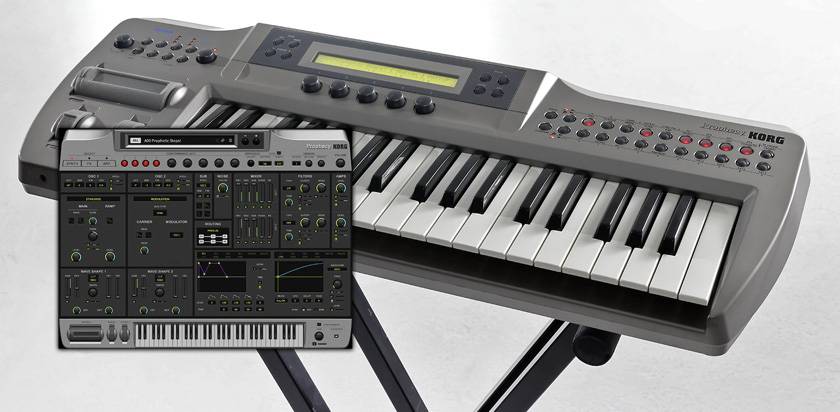
Quoted from Korg's Official Website
Currently, Korg incorporates physical modeling sound sources in their high-end workstation models. However, these workstations feature multiple sound engines, with physical modeling being just one among them. It seems we’ve entered an era where sound source types are treated as just another preset option.
Roland
Roland has been actively adopting physical modeling sound sources.
For pianos, sampling sound sources have traditionally been the mainstream due to their ability to leverage massive amounts of data. However, Roland has taken a bold approach by embracing physical modeling technology instead.
When looking into Roland’s lineup, terms like Reality Modeling Concert Sound Source, Pure Acoustic Piano Sound Source, and SuperNATURAL Piano Modeling Sound Source come up—although there are so many names with subtle differences and limited explanations, it’s clear that these are all physical modeling sound sources.
I own a Roland digital piano equipped with physical modeling, and compared to sampled sound sources, the sound feels incredibly realistic rather than artificial. It accurately reproduces resonance between strings, the sustain length, changes in response based on the force of keystrokes, and offers unlimited polyphony. It also allows for tone editing, which is difficult to achieve with sampling sound sources.
ROLAND HP702-DRS Digital Piano
Software-Based Physical Modeling Sound Sources: IK Multimedia
With the advent of software sound sources in the 2000s, software-based physical modeling sound engines began to emerge in various forms. Today, they are no longer uncommon, and products like IK Multimedia’s MODO BASS are widely recognized for their capabilities. Physical modeling can produce subtle nuances that are difficult to achieve with sampled sound sources.
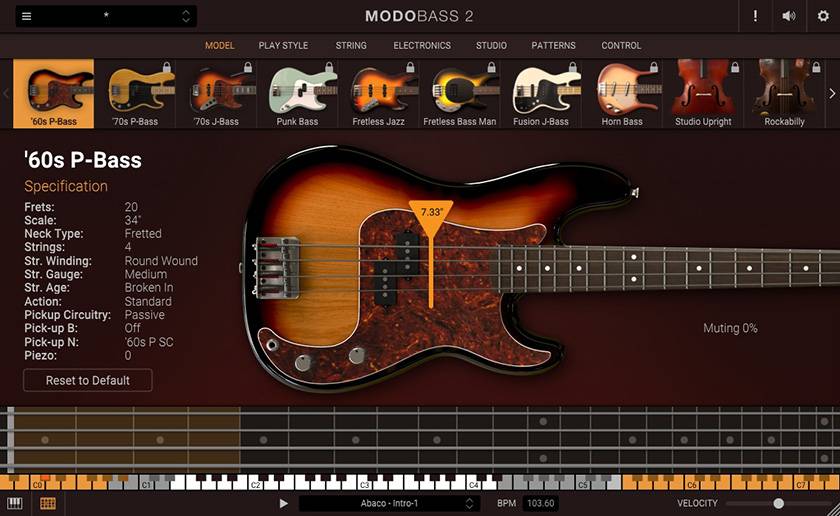
IK Multimedia also offers the drum sound source MODO DRUM.
While primarily a physical modeling sound source, it uses sampling for cymbals and other complex metallic sounds, making it a hybrid sound engine. In the future, it’s likely that even cymbal sounds will be handled through physical modeling, but improvements in PC processing speed will be essential, so we may have to wait a little longer.
Currently, most drum sound sources rely on sampling, leading to increasingly large file sizes, so MODO DRUM holds significant promise. True to physical modeling, it allows for extensive customization, offering the enjoyment of tailoring sounds to suit one’s preferences—much like designing a personalized instrument.
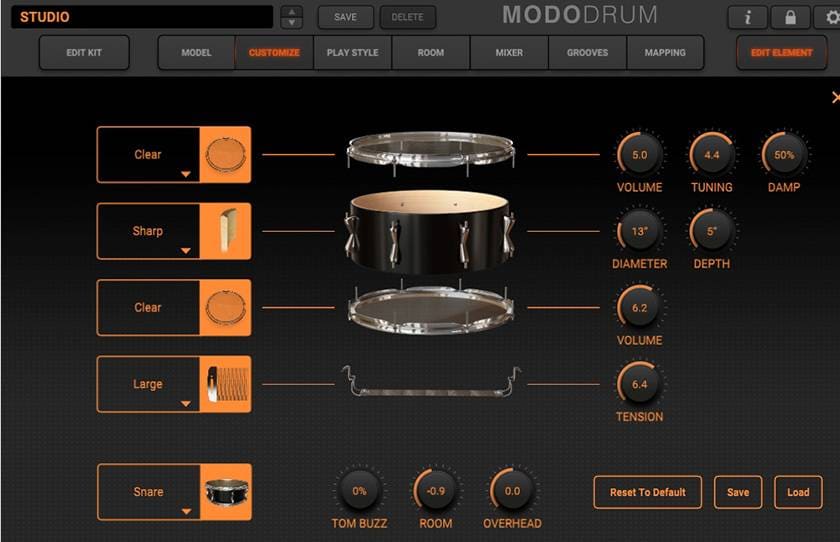
Basic Physical Modeling Algorithms
The concept of physical modeling sound sources dates back surprisingly far, with research beginning in the 1970s. It started at Stanford University with algorithms based on wave equations, leading to the creation of methods like the Karplus-Strong algorithm. The technique was later optimized through digital waveguide synthesis and eventually commercialized by Yamaha.
The relatively well-known Karplus-Strong algorithm was a collaborative development, with Alexander Strong devising the algorithm and Kevin Karplus analyzing it. It involves looping short waveforms, such as noise, through a filtered delay line. While this method can produce unstable pitch and sound behavior, which makes it tricky to control, this very instability often contributes to a sense of realism.
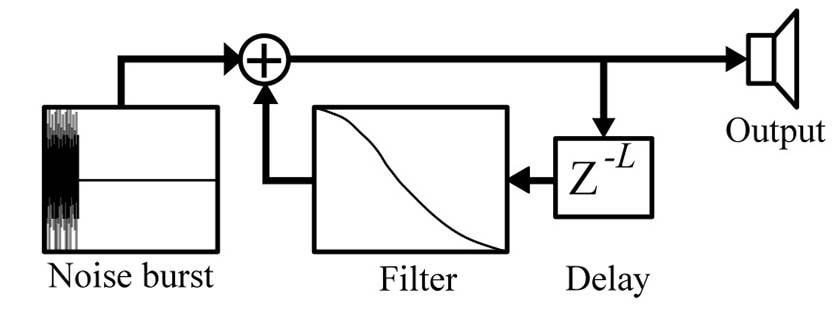
Karplus-Strong Schematic, CC BY-SA 3.0 (Quoted from Wikipedia)
A free plugin similar to this algorithm is u-he’s Triple Cheese. If you’re interested in physical modeling sound sources, it’s worth experimenting with as it can be quite fascinating. While the official description doesn’t explicitly mention the Karplus-Strong algorithm, it generates sound through comb-filter-based looping, which aligns with the basic principles of Karplus-Strong.
Each of the three oscillators appears to include circuits similar to those described above. Additionally, OSC2 and OSC3 can act as resonators for the other oscillators, allowing for sound design with a more physical modeling-like approach. Due to its design, Triple Cheese excels at producing string and woodwind-like tones, offering a unique sound character that’s difficult to achieve with other synth engines.
u-he Triple Cheese (Free)
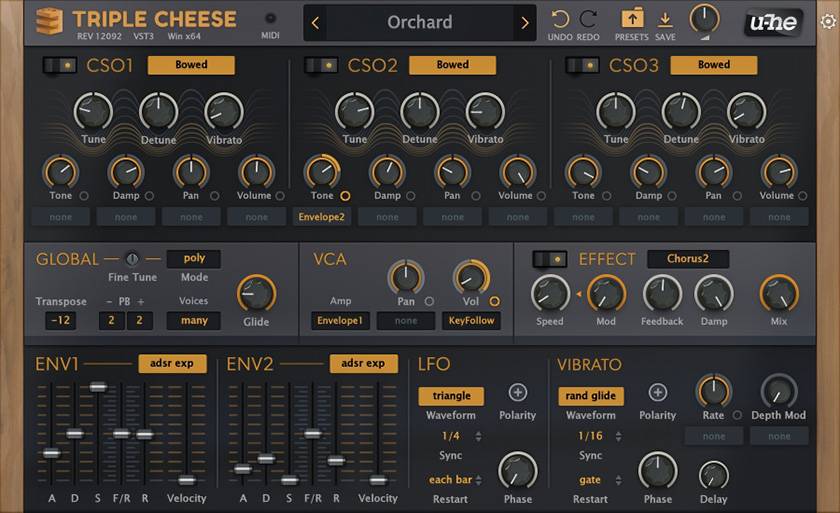
It has been 30 years since physical modeling sound sources first appeared, but due to hardware processing speed limitations, their full potential is only now beginning to emerge. Physical modeling sound sources excel in areas where sampled sound sources struggle, allowing the two to complement each other effectively and coexist in the audio production landscape.
The “sound & person” column is made possible by your contributions.
For more information about contributions, click here.





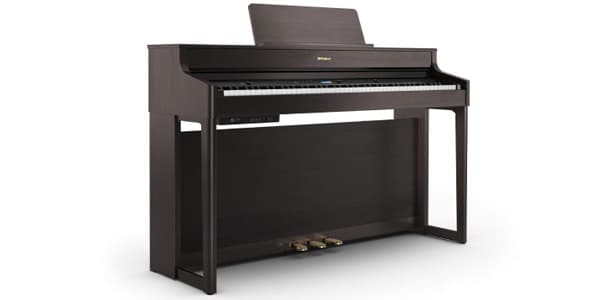






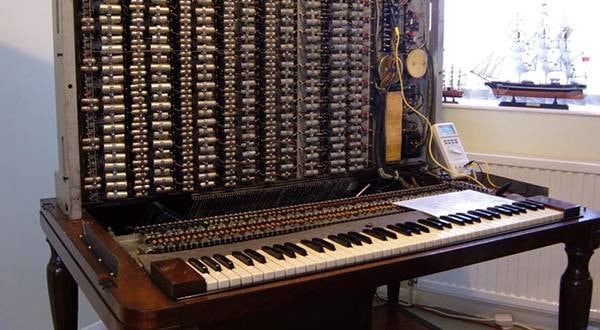
![[2025 Latest Edition] Choosing a Synthesizer/Popular Synthesizers Ranking](/contents/uploads/thumbs/2/2022/9/20220916_2_19446_1.jpg)
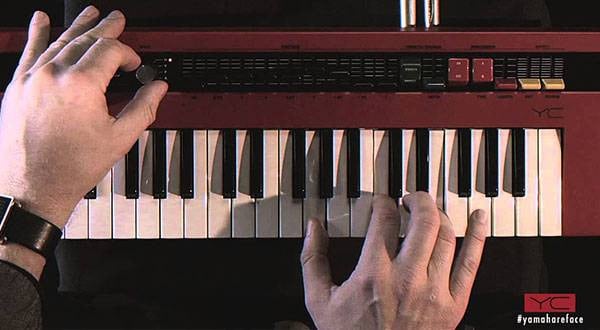
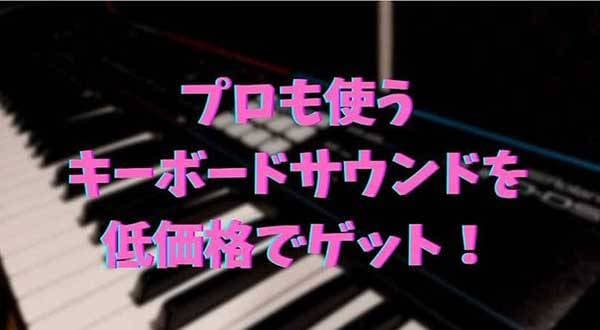
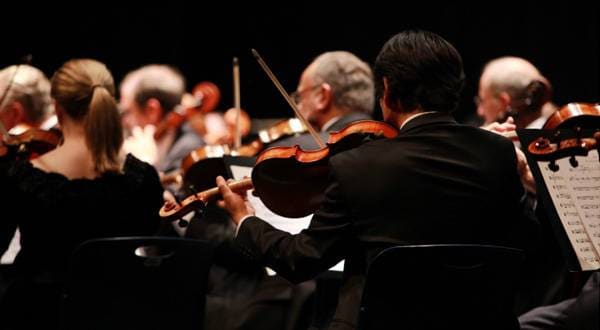
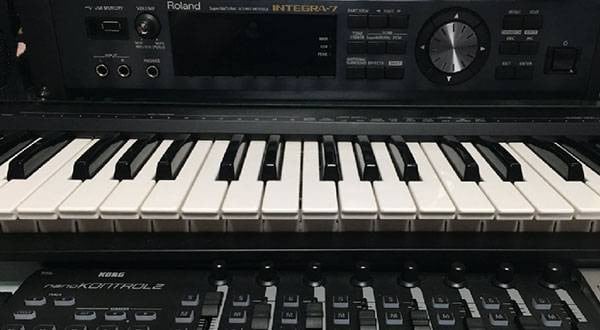
 DTMセール情報まとめ
DTMセール情報まとめ
 DTMに必要な機材
DTMに必要な機材
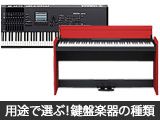 用途で選ぶ!鍵盤楽器の種類
用途で選ぶ!鍵盤楽器の種類
 キーボードスタートガイド
キーボードスタートガイド
 キーボード・ピアノ講座
キーボード・ピアノ講座
 DTM・DAW購入ガイド
DTM・DAW購入ガイド















